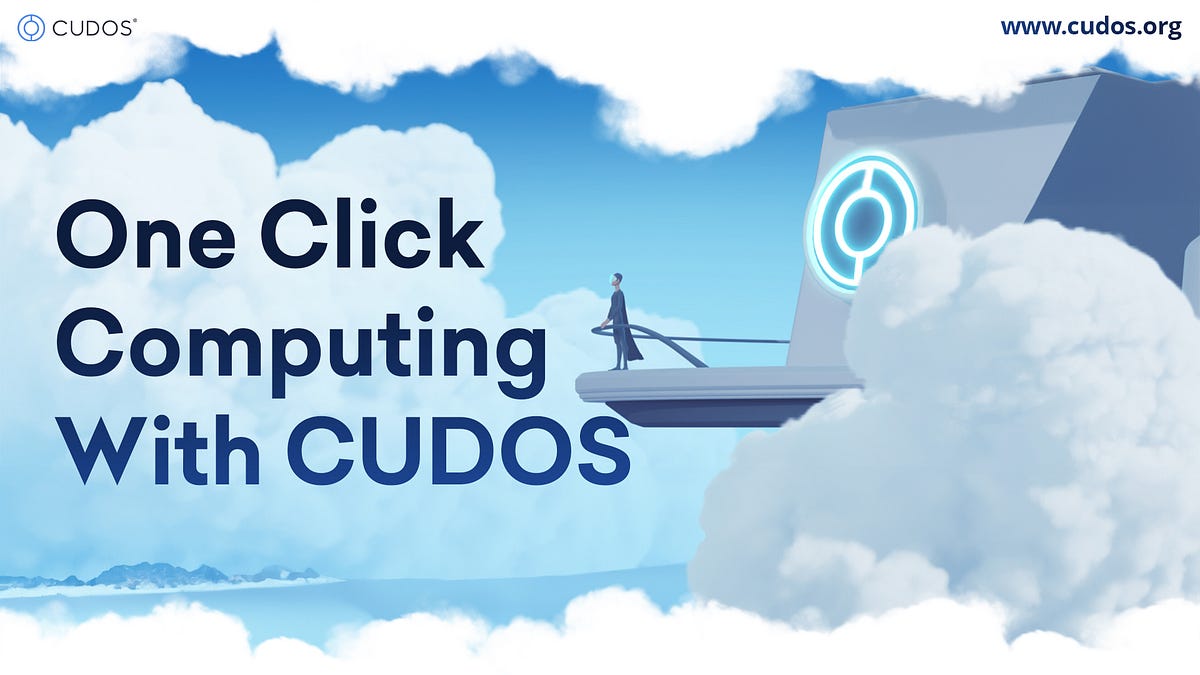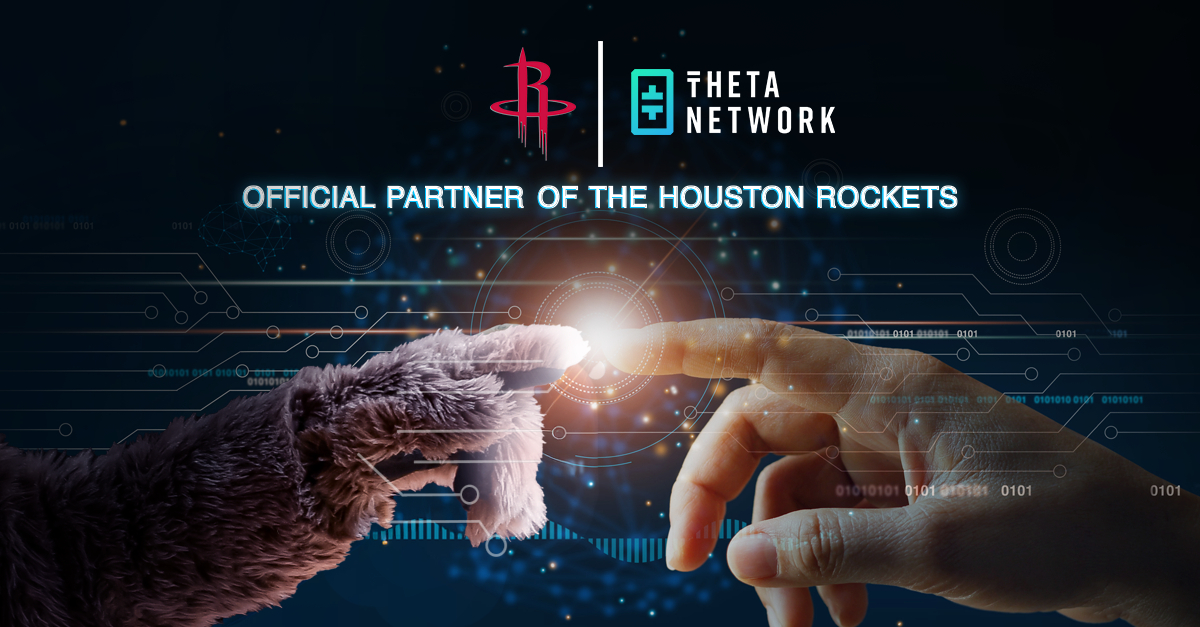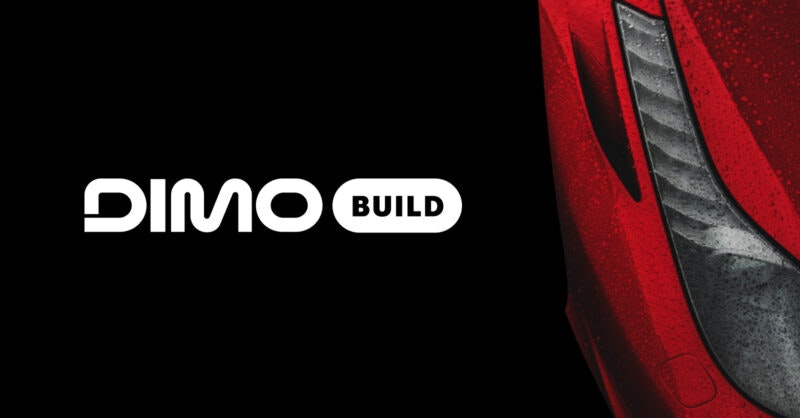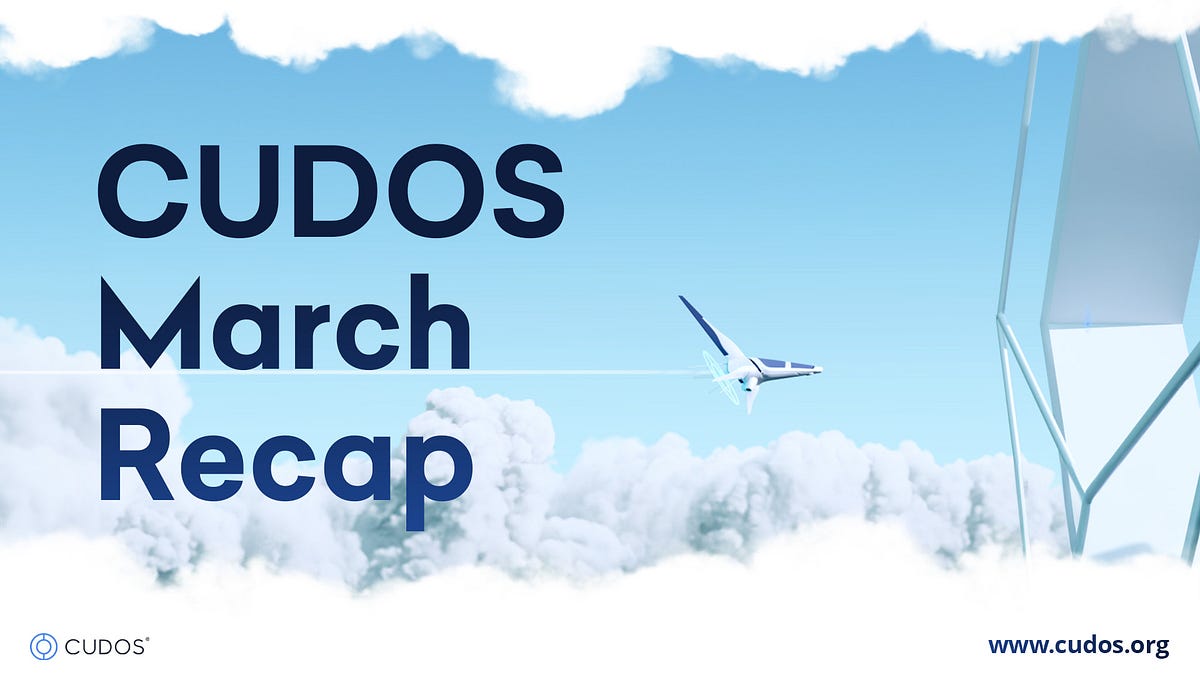그래프, 웹3 데이터 구조 향상을 위한 GRC-20 표준 도입
그래프는 블록체인에 대한 구글과 유사하게 기능하는 분산 인덱싱 프로토콜로, GRC-20이라는 새로운 웹3 데이터 표준을 발표했습니다. 이 이니셔티브는 분산 애플리케이션 전반에 걸쳐 정보가 구조화되고 공유되며 상호 연결되는 방식을 개선하는 것을 목표로 합니다. 이 발표는 개발자 야니브 탈의 그래프 개선 제안서와 동시에 이루어졌으며, 이는 정보를 연결하고 레이블을 붙여 데이터에 대한 보다 포괄적인 이해를 생성하는 데 있어 지식 그래프의 중요성을 강조합니다. GRC-20 표준은 다양한 기술적 한계로 인해 웹3의 요구에 부적합하다고 여겨지는 기존의 자원 설명 프레임워크(RDF)를 대체할 예정입니다.
GRC-20 표준은 개발자가 데이터를 보다 효과적으로 정의하고 조직할 수 있도록 하는 공간, 엔티티, 관계 및 유형과 같은 핵심 개념을 도입합니다. 이 새로운 프레임워크는 지식에 대한 공통 언어를 촉진하도록 설계되었으며, 궁극적으로 개방적이고 검증 가능하며 구성 가능한 웹3의 비전을 실현하는 것을 목표로 합니다. 그래프는 GRC-20 표준을 구현하는 데 도움을 주기 위해 향후 몇 주 내에 개발자를 위한 도구 모음을 출시할 계획입니다. 그래프 개선 제안서는 최종화되기 전에 커뮤니티 피드백을 받고 있으며, 이는 협력 개발에 대한 프로젝트의 의지를 강조합니다.
2018년 출시 이후 2020년 12월 메인넷이 활성화된 그래프는 개발자들이 분산 애플리케이션(DApp)을 보다 효율적으로 생성할 수 있도록 하는 중요한 자원으로 자리 잡았습니다. 이 플랫폼은 개발 시간을 몇 달에서 단 며칠로 크게 단축할 수 있다고 주장합니다. 70개 이상의 블록체인이 인덱싱된 그래프는 계속해서 발전하고 있으며, 최근 체인스택과 파트너십을 맺어 서브그래프를 위한 호스팅 서비스를 제공하여 블록체인 생태계의 개발자들에게 접근성과 사용성을 더욱 향상시키고 있습니다.
Related News





